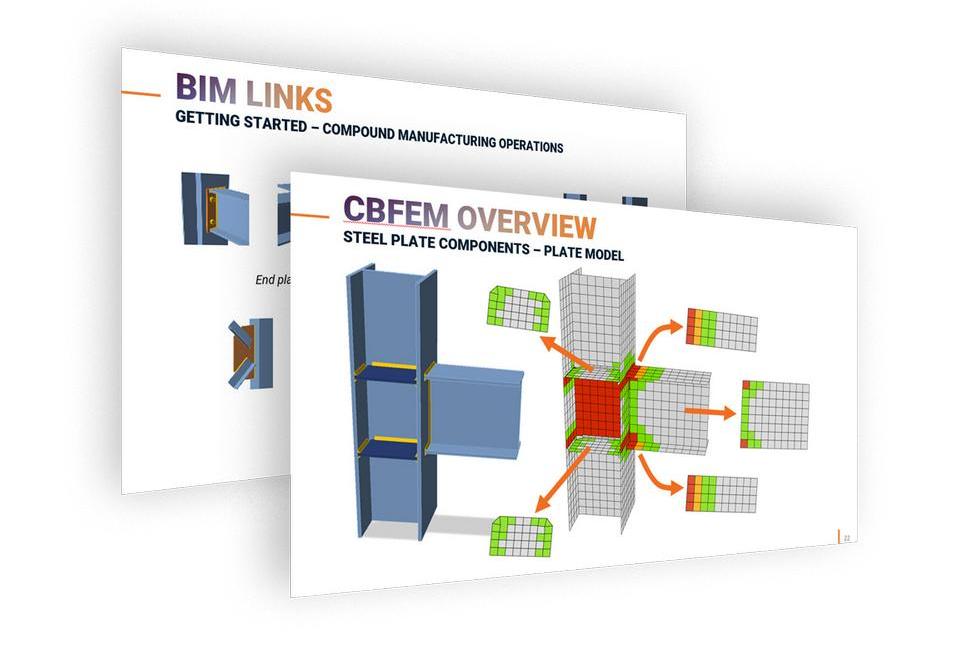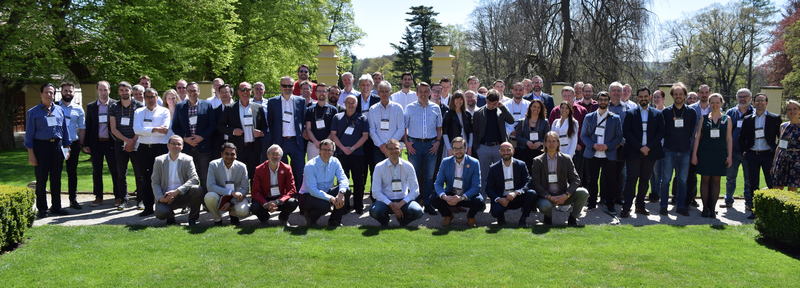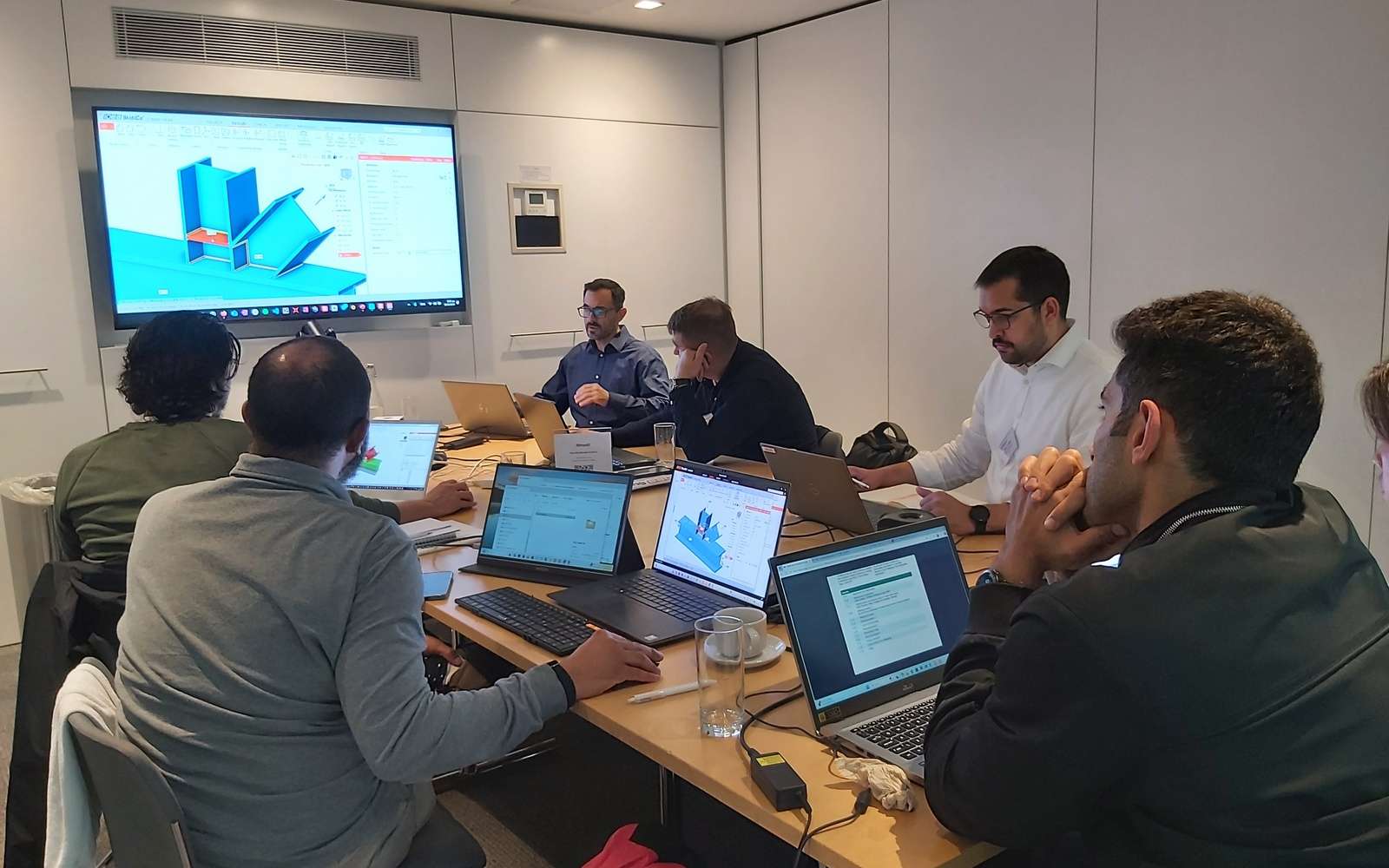Rethinking Connection Design
On September 30th, IDEA StatiCa UK had the privilege of delivering a dedicated hands-on workshop at the Digital & Computational Design Workshop 2025 hosted by the Institution of Structural Engineers in London.
Our session focused on one of the most pressing issues in modern structural engineering: how to design and validate steel connections efficiently, safely, and in compliance with international codes.
From Traditional Workflows to Digital Innovation
The workshop began by exploring the limitations of traditional connection design workflows:
- Use of envelope forces that are not always in equilibrium.
- Over-designed joints due to conservative assumptions.
- Time-consuming manual formulation of assumptions.
These challenges often lead to inefficiencies, constructability issues, and even safety concerns.
We then introduced how IDEA StatiCa Checkbot can transform this process — linking with global analysis software and enabling engineers to manage complex BIM workflows without silos.
Hands-On with CBFEM
Participants worked step-by-step through a practical connection design exercise using the Component-based Finite Element Method (CBFEM):
- Designing and modelling welded steel connections.
- Applying stiffeners and iterative strengthening.
- Evaluating results with strain distribution and deformation diagrams.
- Scaling the design to multiple nodes with bulk design features.
Along the way, we highlighted the scientific validation behind CBFEM — including comparisons with experimental data and benchmark cases — proving that IDEA StatiCa results are not only fast, but also reliable and code-compliant

Why It Matters
The key message of our workshop was simple:
- Respecting equilibrium is the key to safer and leaner designs.
- Digital workflows make it possible to reduce fabrication costs and carbon footprint, while maintaining full compliance.



